Ancient Egyptian perfumers were regarded more as early clinical aromatherapy practitioners due to the application of aromatics in incense, perfumery and herbal treatments. The ancient Egyptian pharmacopoeia demonstrates that formulations were created with medicinal treatment in mind with formulas such as the famous Kyphi incense reading like a pharmaceutical script of the era. The list of raw materials used to create Kyphi is a long one with debate around certain plants due to translation challenges. Calamus root was not one of those debatable aromatics as it found use through the ages in Egyptian culture as well as other other countries due to the proliferation of this aquatic reed like plant that flourished in ditches and streams.
When I sniff Calamus either as an essential oil or powdered root, the words of Philiatrus come to mind, “oils mixed for the grace of their odor”. Many aromatics are loosely described as sweet smelling but Calamus is truly a sweet smelling aromatic and one I can’t imagine being excluded in an incense formula. Calamus was a highly esteemed in its heyday as a tonic for typhoid, vertigo and headaches. Salmon’s Herbal of 1710 provided sixteen different preparations of the once highly regarded plant. Egyptians used the powdered root to treat rheumatic pain and indigestion. In India, calamus is used as a vermifuge and insecticide as well as occasional substitute for ginger, nutmeg or cinnamon, three other aromatics with carminative usefulness as well. In the U.S., calamus root was an added ingredient in wine bitters. A key chemical constituent of Calamus is as a carminative for gastric ulcers, anorexia and intestinal colic and while it is no longer listed in many pharmacopeia, it is occasionally used as an aromatic bitter in herbal medicine.

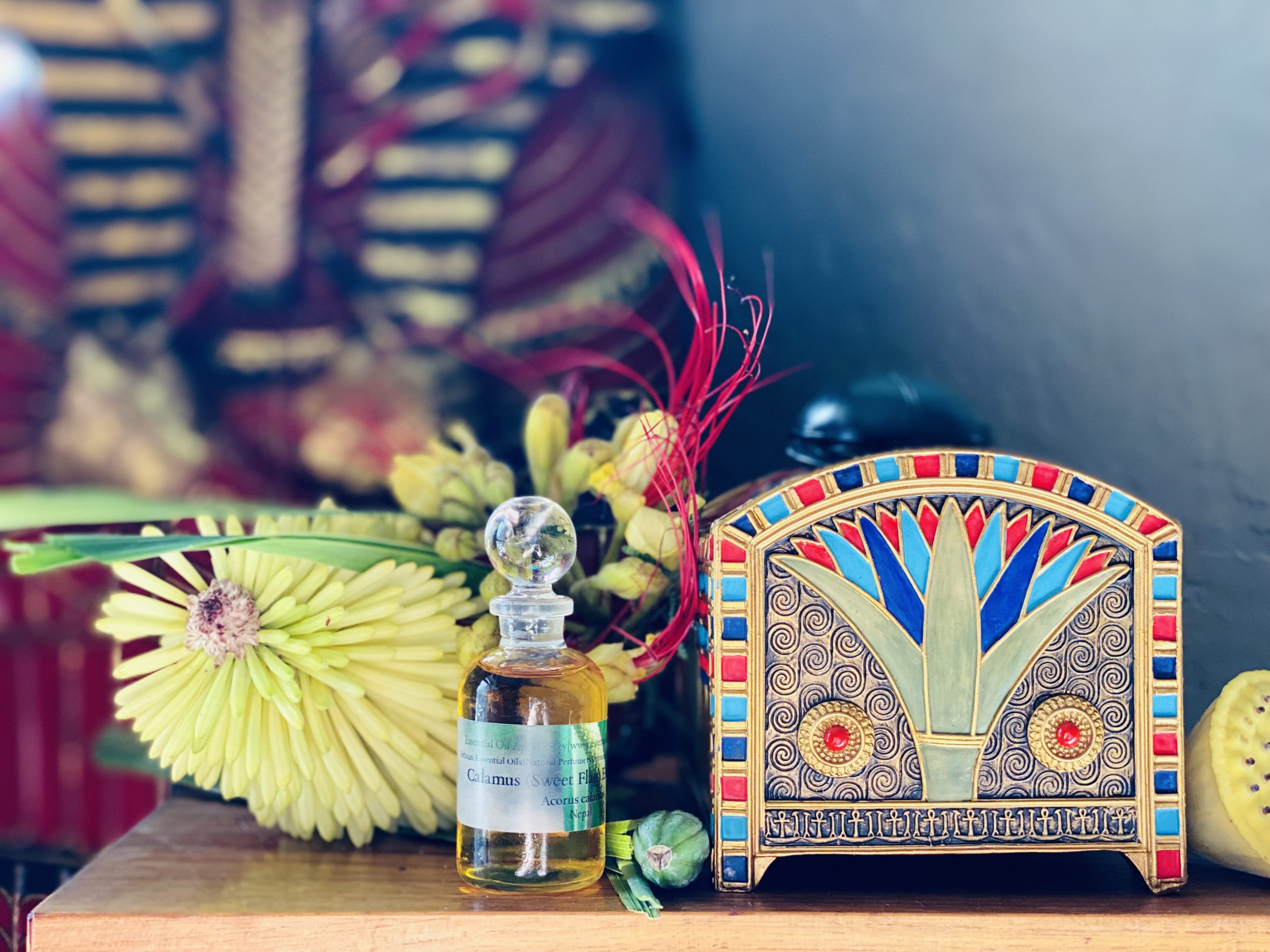
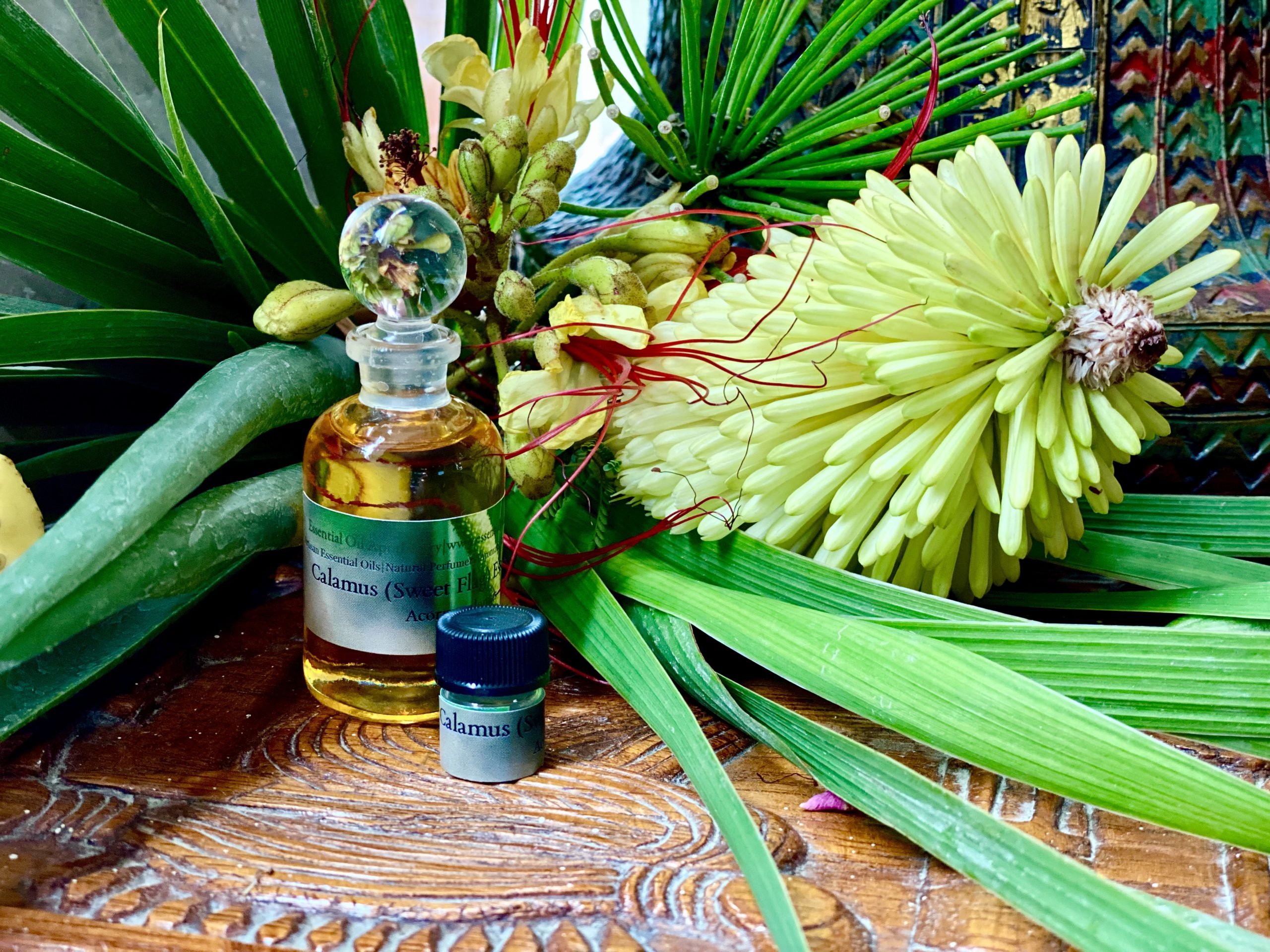
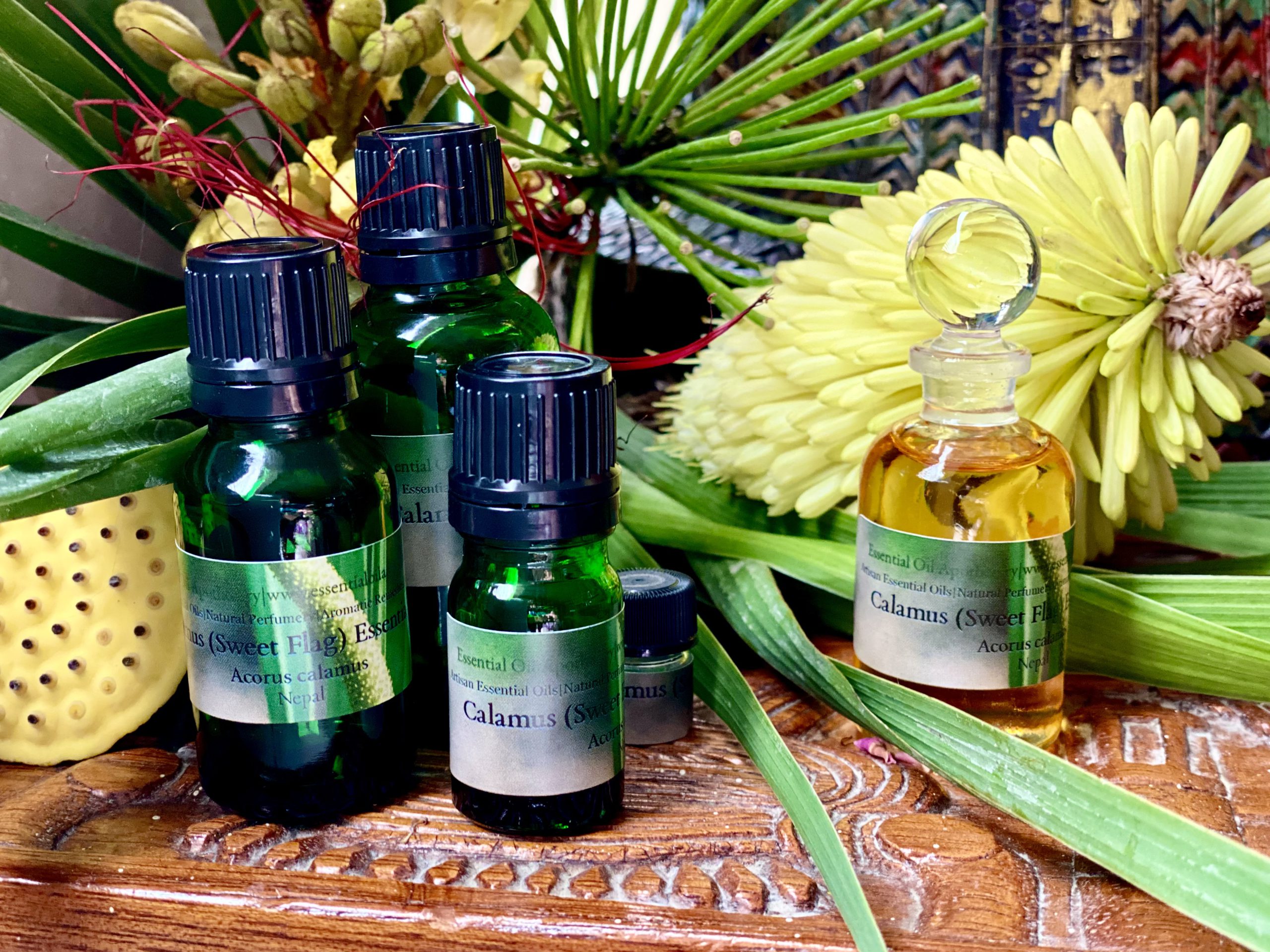

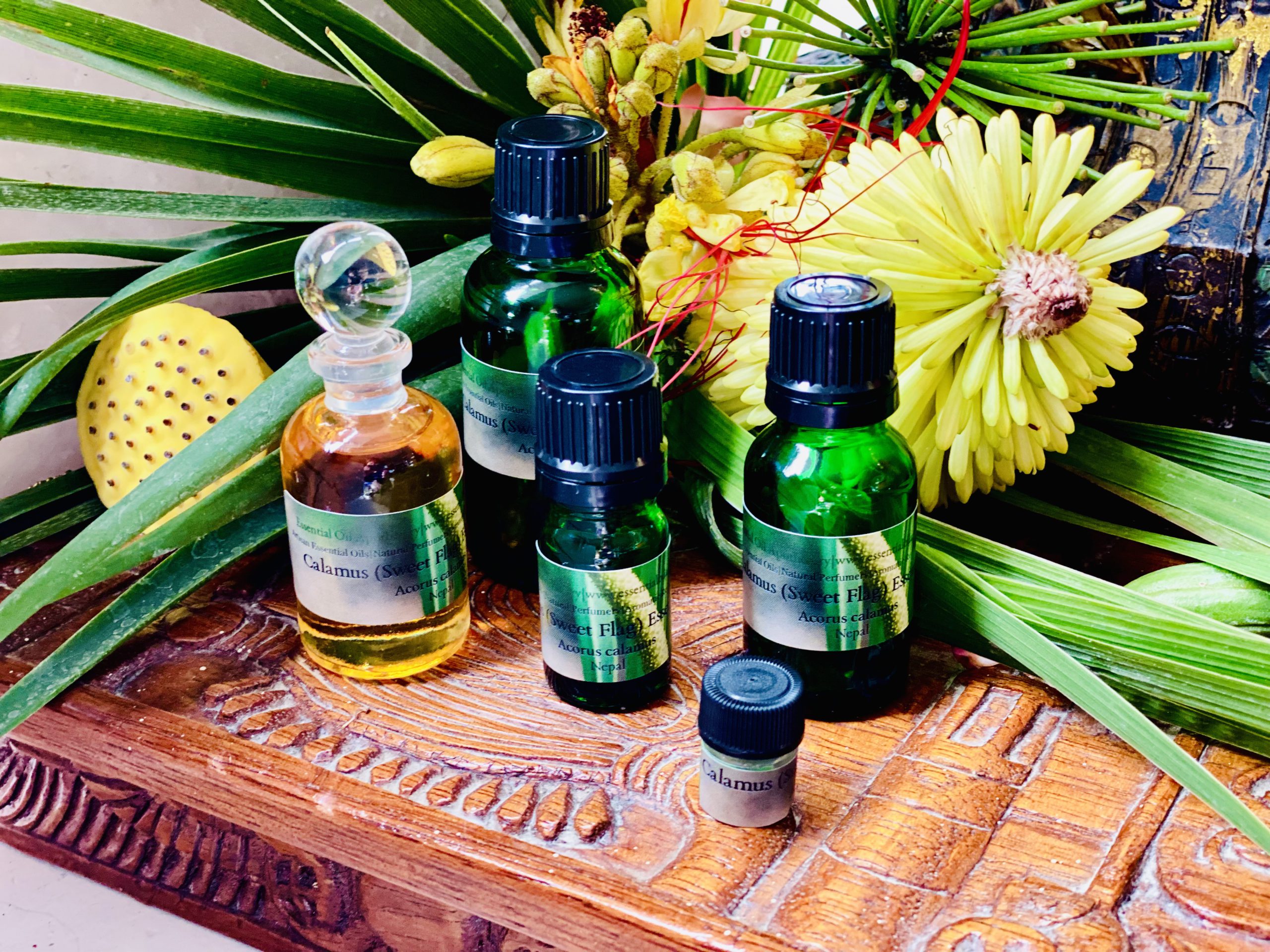
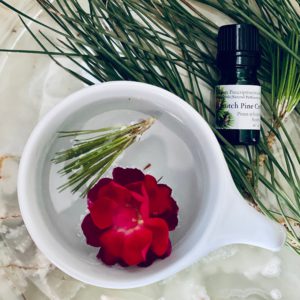
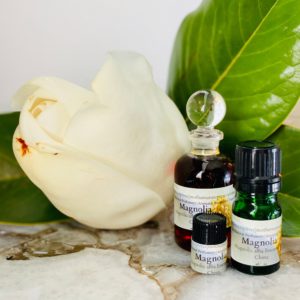
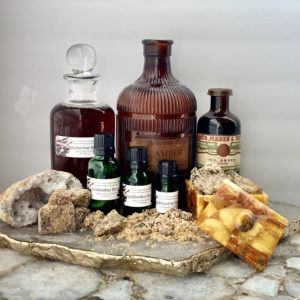
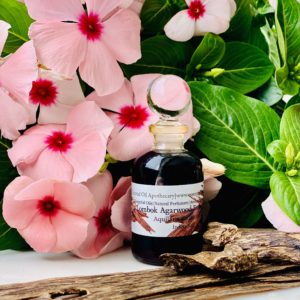
Reviews
There are no reviews yet.